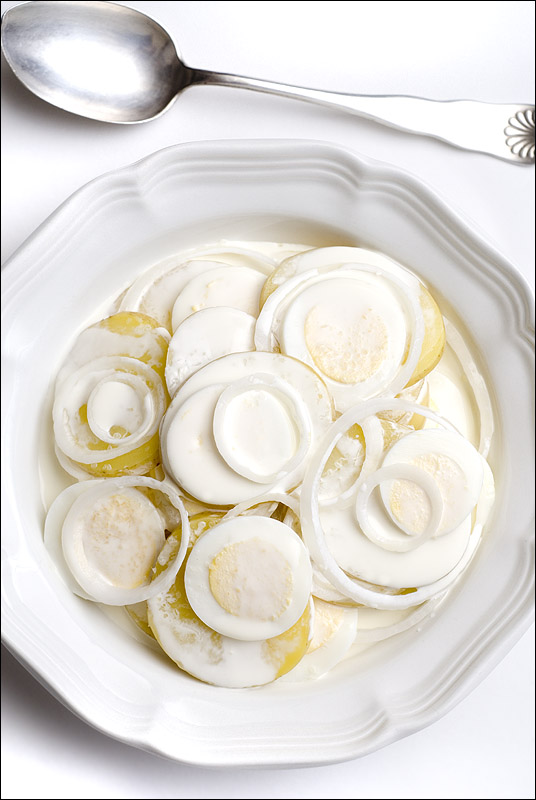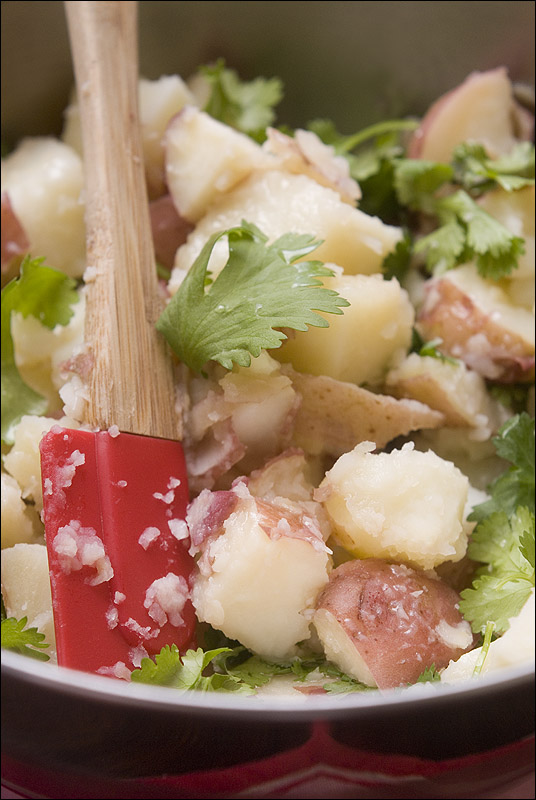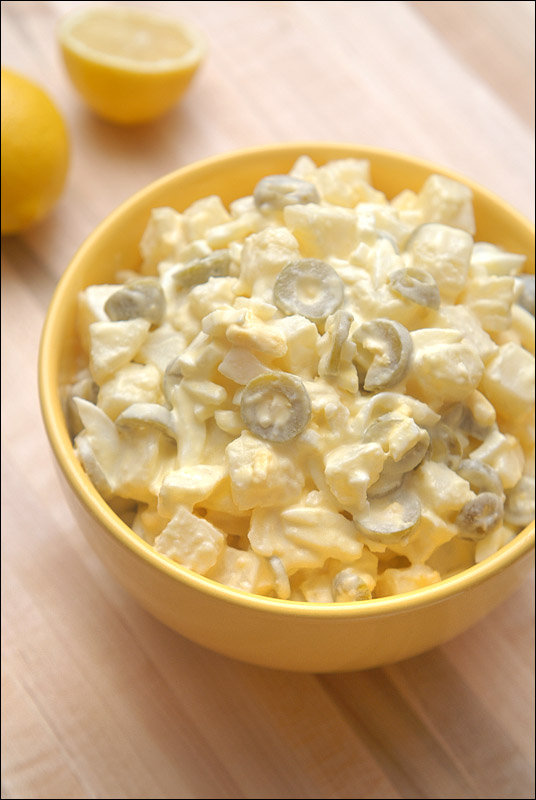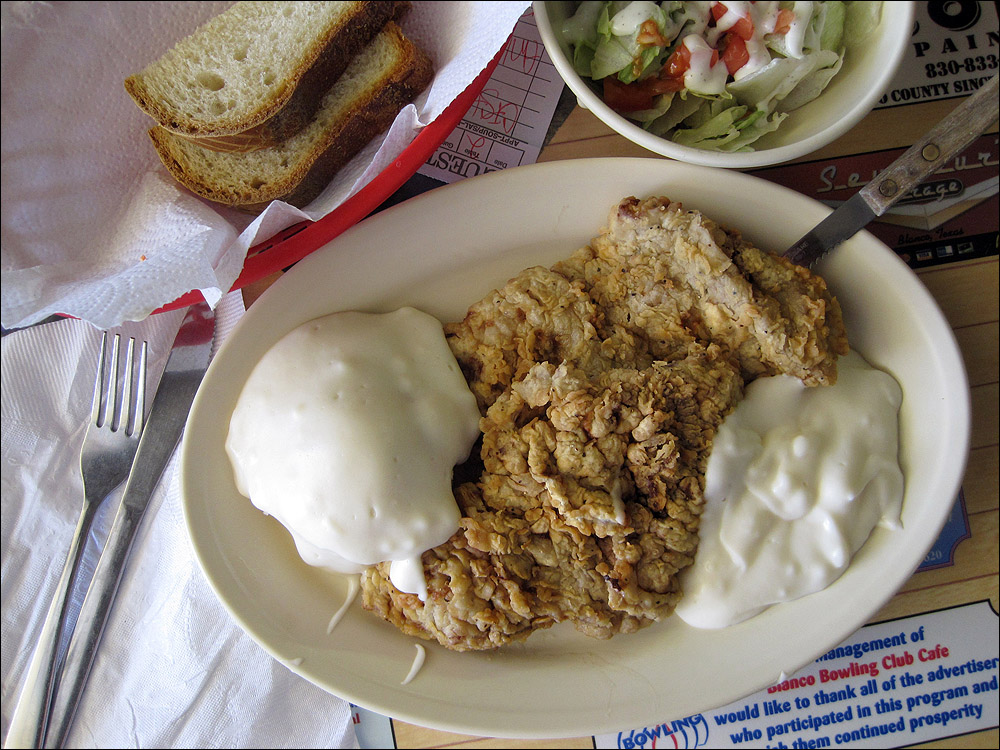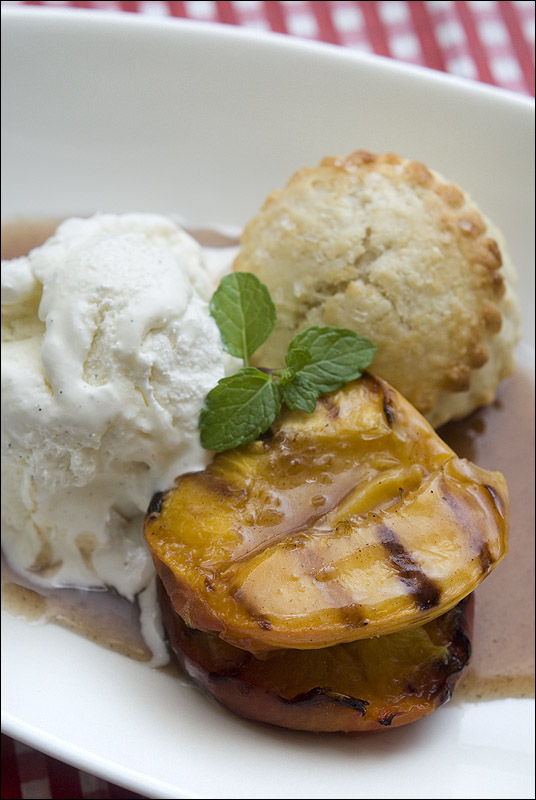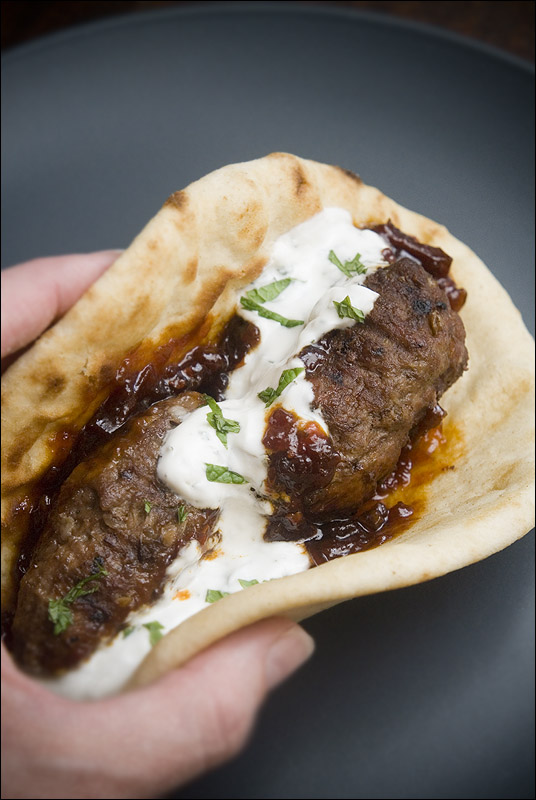 |
| Cevap, with tomato jam and minted yogurt. © Ryan Schierling |
So, go get yourself some lepinja, or somun, find a jar of ajvar and a little bit of kajmak. Now, when you're forming the ćevaps...
Wait, where did everybody go?
Alright. Okay. Despite the hate mail I'll inevitably get from the Balkan countries, I'll Old Glory the hell out of this one. But I'm not going to change the ćevapi recipe... just the accoutrements. Fair enough?
Ćevap. Ćevapi. Ćevapčići.
It's as American as hamburgers, except replace American with Bosnian, and replace hamburgers with ćevaps. This grilled minced meat, like little skinless sausage bits, like little kebab nuggets, is a tiny football-shaped hot deliciousness, and your mouth is the wipe-open wide-receiver. Wait, do they care at all about American football in Bosnia?
(Sigh.)
I think I just lost the other half of the room.
I was introduced to ćevaps by our Bosnian neighbor Damir, who could be found on just about any evening, rain or shine, with a fired-up Weber Smoky Joe and some sort of meat happily sizzling away. Ćevaps, being the official national dish of Bosnia, were one of his home-away-from-home hits.
Being a national favorite, I know there are countless regional variations and preparations. Damir usually served his on whatever hearty bread he picked up at the store, sometimes with ajvar, sometimes not. Sometimes with fresh onions, sweated under the ćevaps that were tented in foil after they came off the grill, sometimes not. I've read that sour cream or cottage cheese are not unusual to find instead of the Balkan clotted cream.
Of course, I had to try making my own ćevapčićis, with a little personal twist. I used flatbreads heated on the grill, the standard ćevap recipe as I understood it from Damir, topped with a warm tomato jam instead of ajvar, and minted yogurt subbing for the kajmak. Were they traditional? Absolutely not. Were they delicious? Most definitely.
These ćevaps are a spicy, juicy little beef and lamb nibble, and a half savory, half sweet spread like homemade tomato jam is a perfect foil to the richness of the football-shaped morsels. The minted yogurt, mixed with the juice of a lemon to loosen it up and give it a bit more pucker, provides a creamy, fresh zip to the whole package.
I tend to make mine a little bigger than is customary for ćevapi, and two are usually the perfect portion in each warm flatbread. Spread a little tomato jam, drop a few spoonfuls of yogurt, and damn... Mami ti krajnike ispitam!
Wait, did I say that wrong?
(Sigh.)
Here's the recipe anyway.
